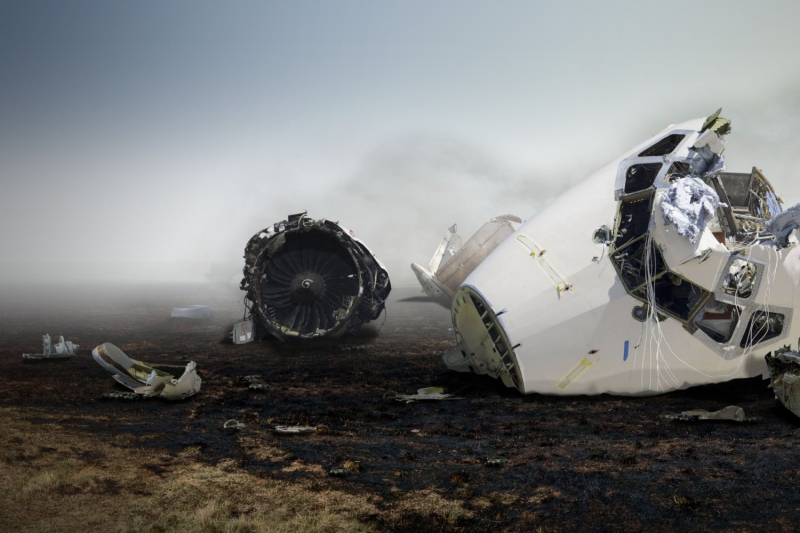
© Arsel Ozgurdal/Shutterstock
That night, nothing foreshadowed such a tragedy. Aeroflot Flight 593 from Moscow to Hong Kong was taking place in optimal conditions: mild weather, a new and perfectly functioning aircraft, and an experienced crew. Captain Andrei Viktorovich Danilov, 40, had more than 9,500 hours of flight time, while his co-pilot Igor Vasilyevich Piskariov, 33, had 6,000 hours. This journey was therefore expected to be a routine flight. And yet…
As the plane flies over Siberia on autopilot, co-pilot Piskariov makes a decision that will prove fatal: he invites his two children into the cockpit. A common and authorized practice, particularly on long-haul flights. His daughter Iana, 12, briefly sits at the controls, followed by her brother Eldar, 15.
This is where the drama unfolds. The teenager, probably fascinated by the flight controls, applies enough pressure on the stick to partially deactivate the autopilot. A warning light comes on on the dashboard, but no audible alarm sounds. The pilots, at first, do not notice anything abnormal.
The infernal spiral
The plane then begins a slow tilt to the right. When the crew finally realizes the situation, the angle has already reached 45 degrees – well beyond the safety limits. The centrifugal force, which has become too great, literally pins the teenager to his seat. “Eldar, get up… Get down Eldar, you see the danger ?”, his father cries out, helpless.
200% Deposit Bonus up to €3,000 180% First Deposit Bonus up to $20,000A cascade of catastrophic events follows. The autopilot, partially engaged, attempts to maintain altitude by increasing engine power, while the pilots desperately try to regain manual control. These conflicting commands transform the Airbus into an uncontrollable monster. The aircraft pitches up, climbs almost vertically, then goes into a spin. The passengers alternately experience crushing forces and moments of weightlessness.
In just four minutes, the plane plunged 10,000 meters. It finally crashed in the Alatau Mountains of Kuznetsk at 260 km/h, instantly killing all 75 people on board. Rescue workers, slowed by snow and the rugged terrain, did not arrive on the scene until two and a half hours later, only to discover only burning debris.
The investigation would reveal a cruel irony: to save the plane, all they had to do was release the controls. The Airbus A310 was indeed equipped with an automatic anti-stall system. But the pilots, never trained for such a situation, made the situation worse by trying to manually straighten the plane.
This tragedy led to major changes in civil aviation. Pilot training on autopilot management has been strengthened, and regulations on the presence of third parties in the cockpit have been significantly tightened.
- On March 23, 1994, an Aeroflot Airbus A310 crashed in Siberia, killing 75 people
- The accident was caused by a 15-year-old boy at the controls who accidentally deactivated the autopilot
- The tragedy led to a major tightening of cockpit safety regulations
📍 To not miss any Presse-citron news, follow us on Google News and WhatsApp.

